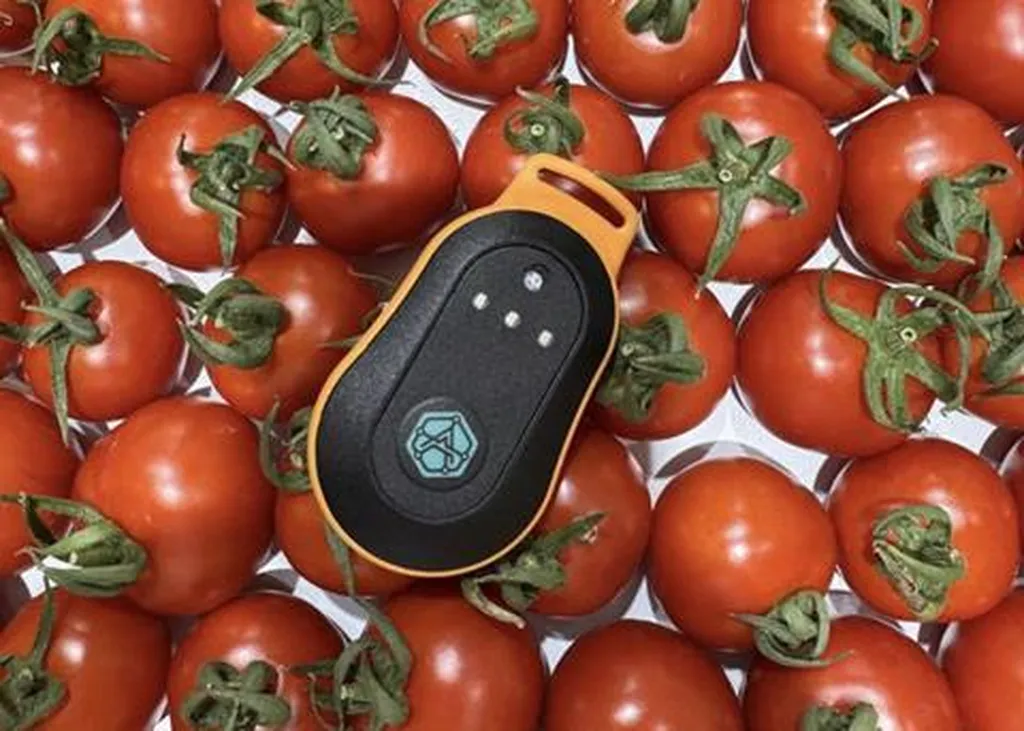In the heart of modern agriculture, where precision and efficiency reign supreme, a new breakthrough is set to revolutionize the way we cultivate one of our most beloved crops: tomatoes. Researchers have developed a cutting-edge, lightweight solution for detecting tomato main stems, a critical task for automated pruning and defoliation in greenhouses and open fields. This innovation, published in *Artificial Intelligence in Agriculture*, promises to optimize canopy structure, enhance air circulation, and ultimately increase yield, all while being hardware-friendly and computationally efficient.
The challenge of detecting main stems in the field is not one to be underestimated. Complex backgrounds, limited fields of view, dense foliage occlusion, and curved stems have long posed significant obstacles. Enter Guohua Gao and his team from the College of Mechanical & Energy Engineering at Beijing University of Technology. They’ve devised a scheme that not only tackles these challenges head-on but also ensures real-time response and operational efficiency on edge devices.
The team’s approach is multi-faceted. First, they employed an efficient semi-automatic rotated bounding box annotation strategy to segment visible main stem segments, improving adaptability to curved stems. “This strategy allows us to better handle the complexities of the field, providing a more accurate and reliable detection of the main stems,” explains Gao.
Next, they constructed a lightweight network called YOLOR-Slim. This network significantly reduces model complexity while maintaining detection performance through automated iterative pruning at the group-level of channel importance and a hybrid feature-based and logic-based knowledge distillation mechanism. In simpler terms, they’ve streamlined the model to make it faster and more efficient without sacrificing accuracy.
The results speak for themselves. YOLOR-Slim achieved an impressive 87.5% mAP@50, with just 1.9G Flops and 1.4M parameters, and an inference time of 7.4ms on a workstation. When deployed on a Jetson Nano, the inference time reached 57.6ms, validating its operational efficiency and deployment applicability on edge devices.
The commercial implications for the agriculture sector are substantial. This technology can be integrated into existing automated systems, enhancing their capabilities and improving overall efficiency. It can also pave the way for new, more advanced systems that can handle even more complex tasks. As the agriculture sector continues to evolve, the need for such technologies will only grow, making this breakthrough a significant step forward.
This research not only addresses current challenges but also opens up new possibilities for future developments. As Gao puts it, “Our work provides a reliable perceptual foundation for automated pruning tasks in precision agriculture, striking a balance between inference speed, computational resources usage, and detection accuracy.”
In the rapidly evolving world of agritech, this breakthrough is a testament to the power of innovation and the potential of artificial intelligence to transform the way we farm. It’s a step towards a future where technology and agriculture go hand in hand, driving efficiency, sustainability, and productivity to new heights.

